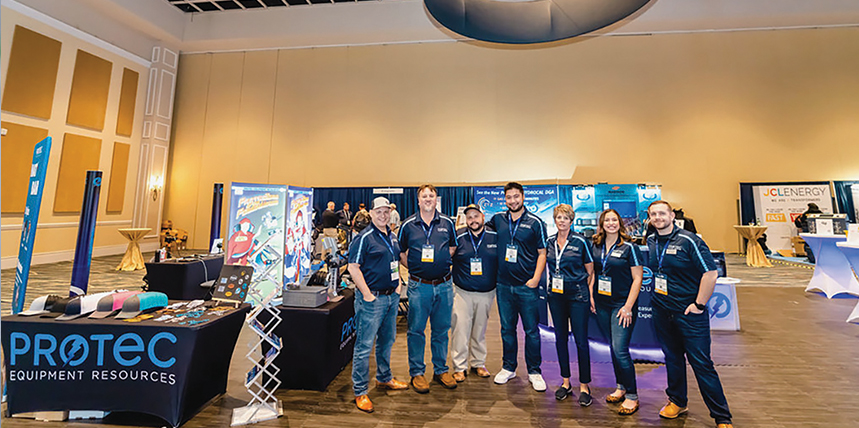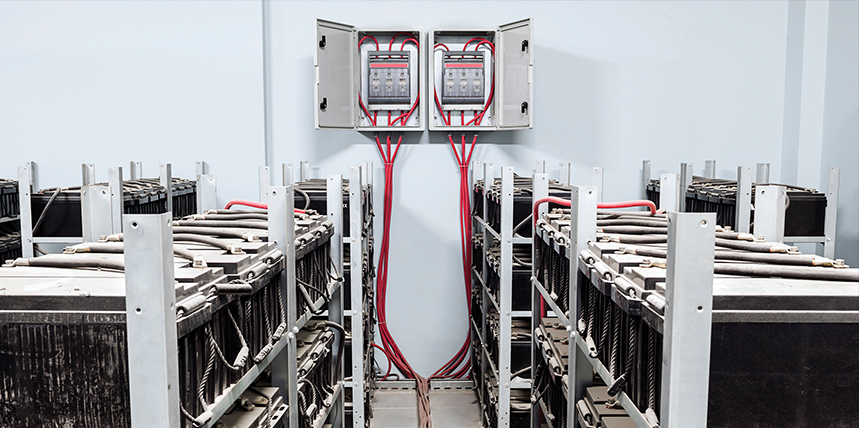The 2023 NETA Outstanding Achievement Award recipient holds a passion for the industry, especially when it comes to training electrical technicians and engineers,” said Eric Beckman,
Alliance Recognition Award — Charles Sweetser
Ron Widup, Vice Chairman, Board of Directors, and Senior Advisor, Technical Services at Shermco Industries, kept the mystery alive before he revealed the 2023 recipient of NETA’s Alliance Recognition Award at PowerTest 2023.
Jim White Safety Award — Jim Dollard
NETA’s annual James R. White Safety Award is named in honor of an industry icon. Each year, the recipient is chosen for their passion and dedication, and the award is a culmination of their never-ending quest for perfection in electrical safety,
Lifetime Achievement Award — Alan Peterson
The audience at NETA’s PowerTest Awards Luncheon didn’t need a reminder that someone special was missing, but Ron Widup, Vice Chairman, Board of Directors and Senior Advisor, Technical Services at Shermco Industries, didn’t miss his chance to honor the recipient of a 2023 Lifetime Achievement Award.
Lifetime Achievement Award — Roderic Hageman
When you have an organization that is based on technical excellence and accuracy, it requires attention to detail that must not waver,” began Ron Widup, Vice Chairman, Board of Directors a
PowerTest 2023 — A Record-Breaking Conference Generating Powerful Connections for the Future
NETA’s 2023 PowerTest Conference drew more than 1,000 attendees to Orlando, Florida, March 8–12. Electrical power system experts and professionals attended over 40 training sessions covering all-new content and engaged in many relationship-building and networking opportunities. PowerTest is recognized across the electrical power systems industry as the premier electrical maintenance and safety conference. It is the largest annual gathering of …
Raytech USA Joins NETA as Corporate Alliance Partner
“Raytech USA is proud to accept the Corporate Alliance Partner invitation from NETA for 2023. Raytech USA has been promoting NETA since our founding in 1995, and we feel this partnership will help us continue our mission to provide our industry with exceptional test equipment and support. As the leading test equipment manufacturer, we strive to improve the industry with …
Advancements in the Industry — Acceptance and Maintenance Testing for Medium-Voltage Electrical Power Cables — Part 3 of 3
In Part 2 of our three-part series on acceptance and maintenance testing for medium-voltage electrical power cables, we explored high-potential testing techniques, including tests performed with direct current (DC) and alternating current (AC) performed at power frequency and at very low frequency (VLF). We also explored diagnostic testing and reviewed dissipation factor (tan delta) testing. In Part 3, we …
Partner Spotlight — Protec Equipment Resources: Quality, Safety, Reliability
NETA’s Corporate Alliance Partners (CAPs) are industry-leading companies that have joined forces with NETA to work together toward a common aim: improving quality, safety, and electrical system reliability. In our continuing Partner Spotlight series, NETA talks to President Jason Henry about the thought leadership and subject-matter expertise at Protec Equipment Resources. Henry spent 26 years working for a NETA company, …
Advancements in Battery Ground Fault Location
There is always room for improvement. In electrical testing, this is particularly true because of the rapid development and application of the underlying electronics. Although a job may be proceeding with maximum satisfaction, it may well be made easier, faster, more accurate, and safer. For example, standby battery banks can develop ground faults over time through leaking electrolytes, accumulation of …





